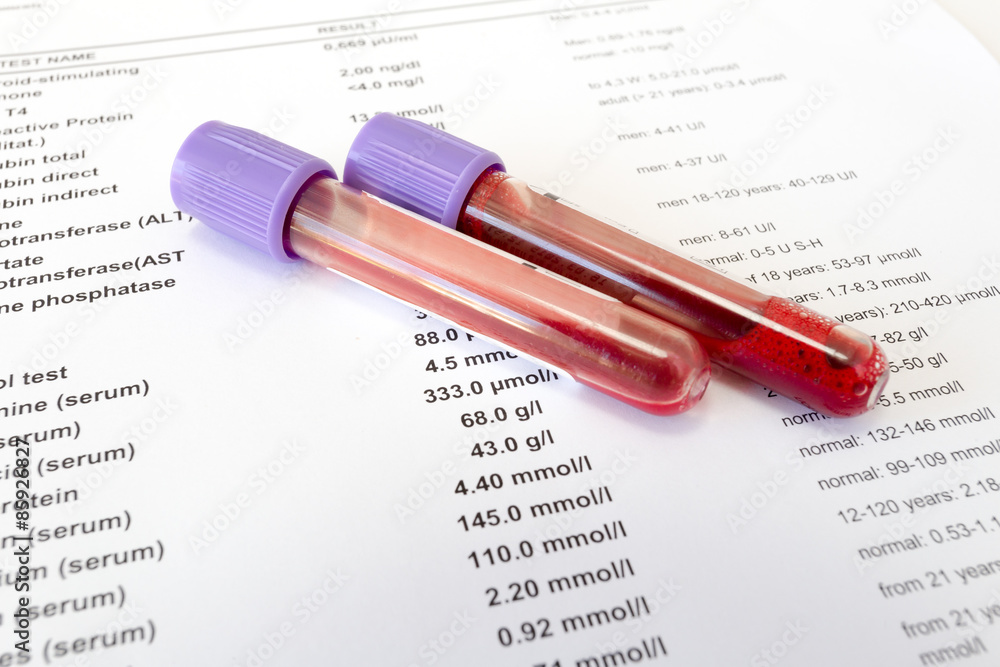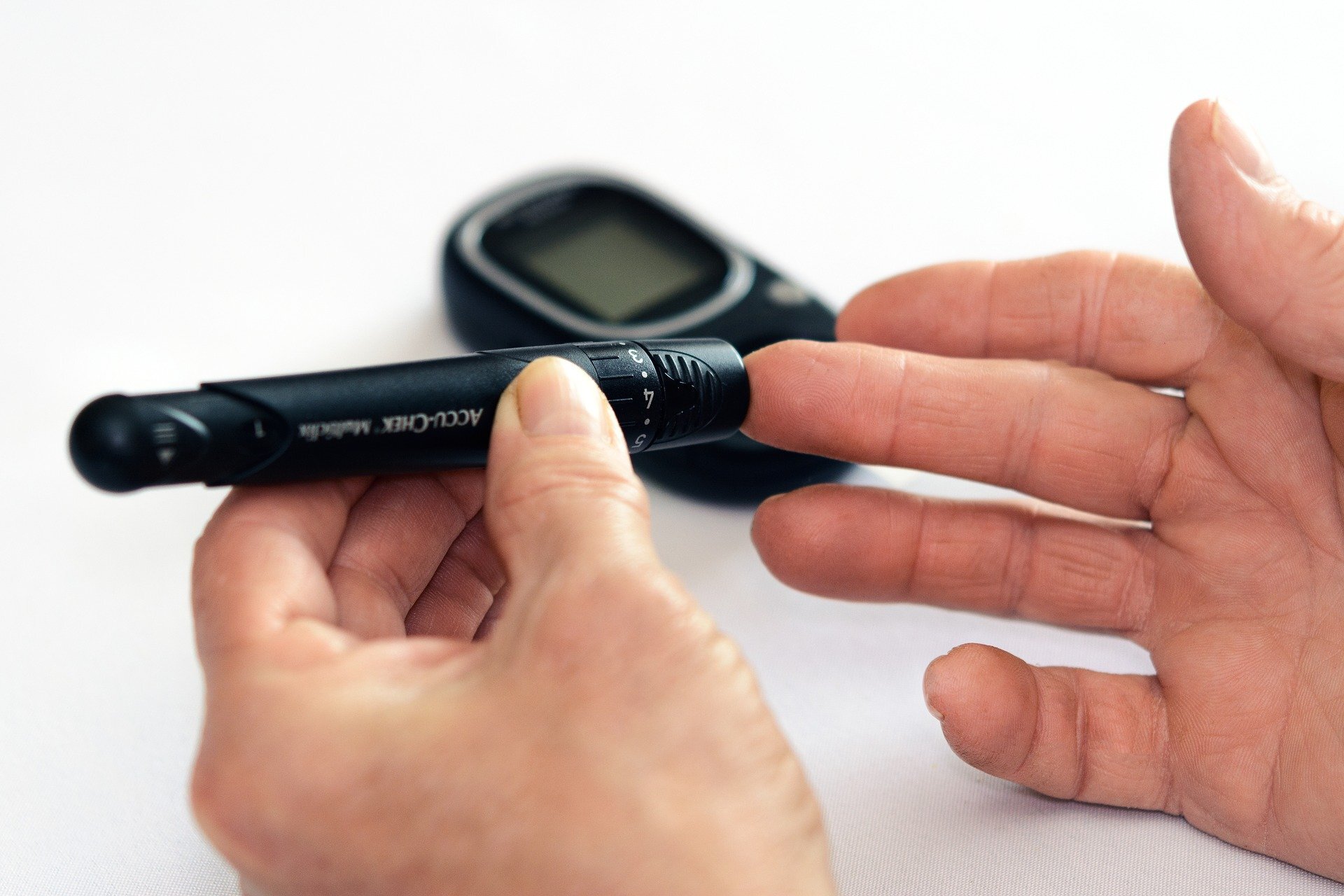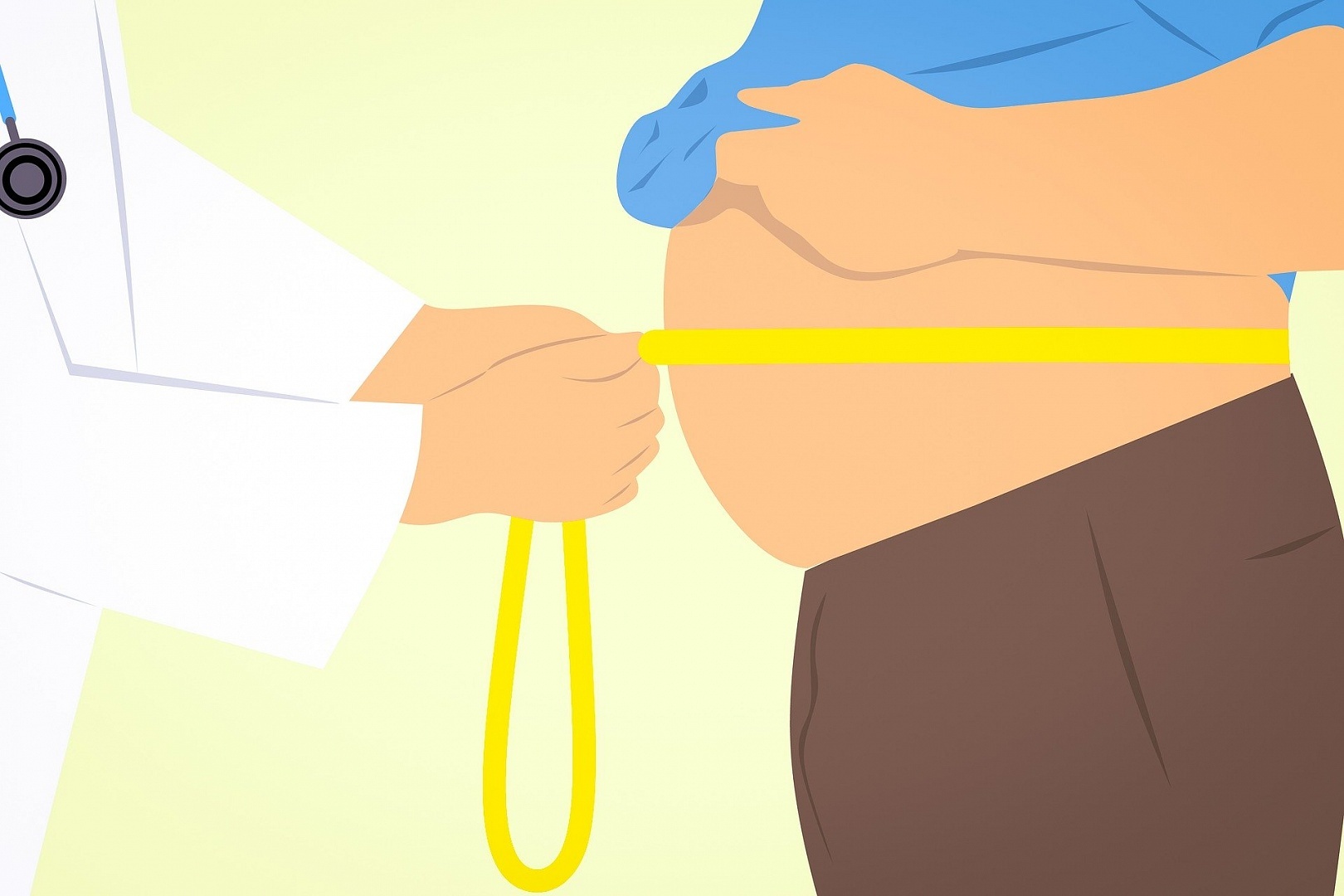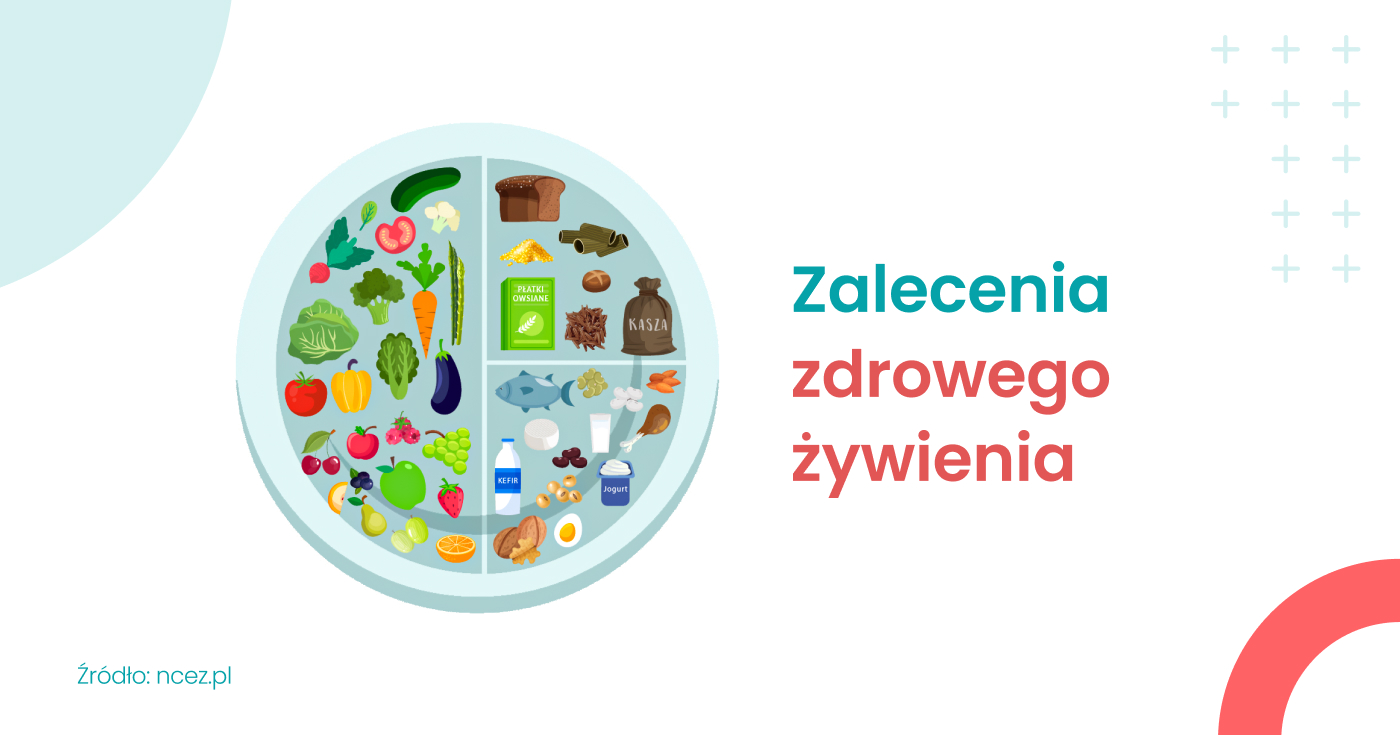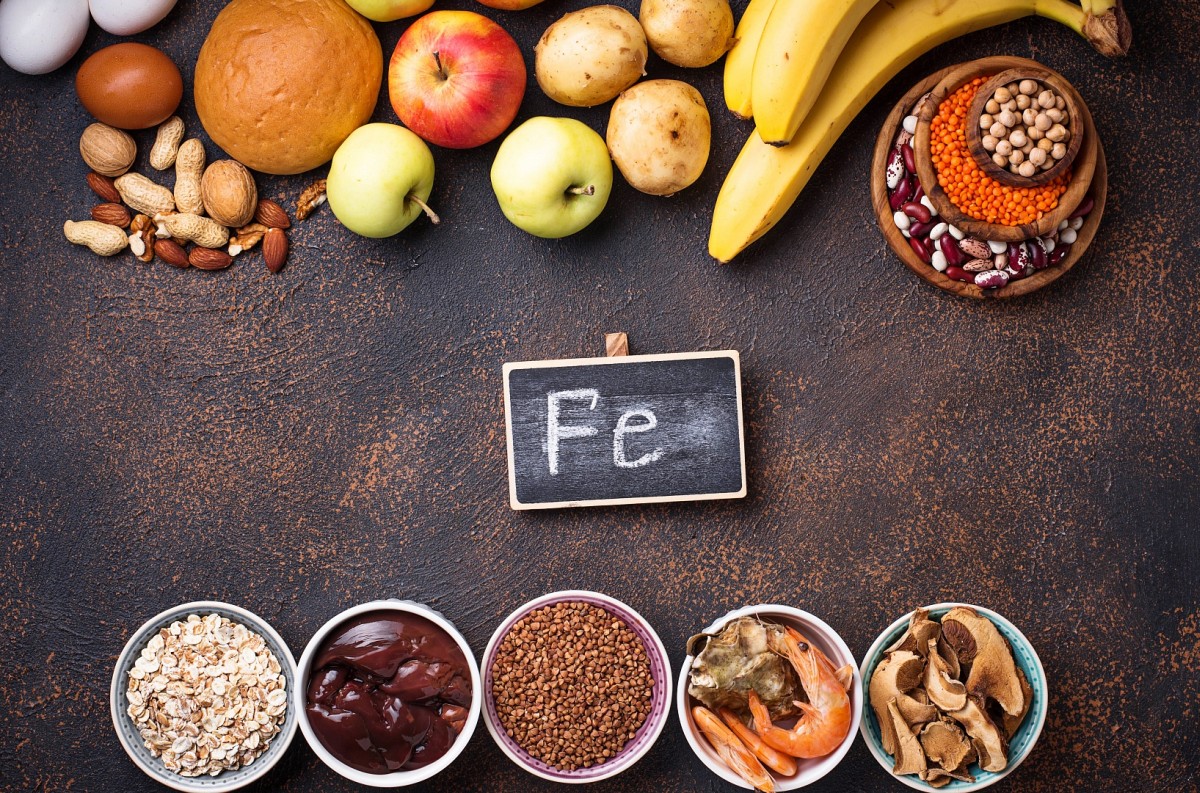Nutrition in Lipid Disorders

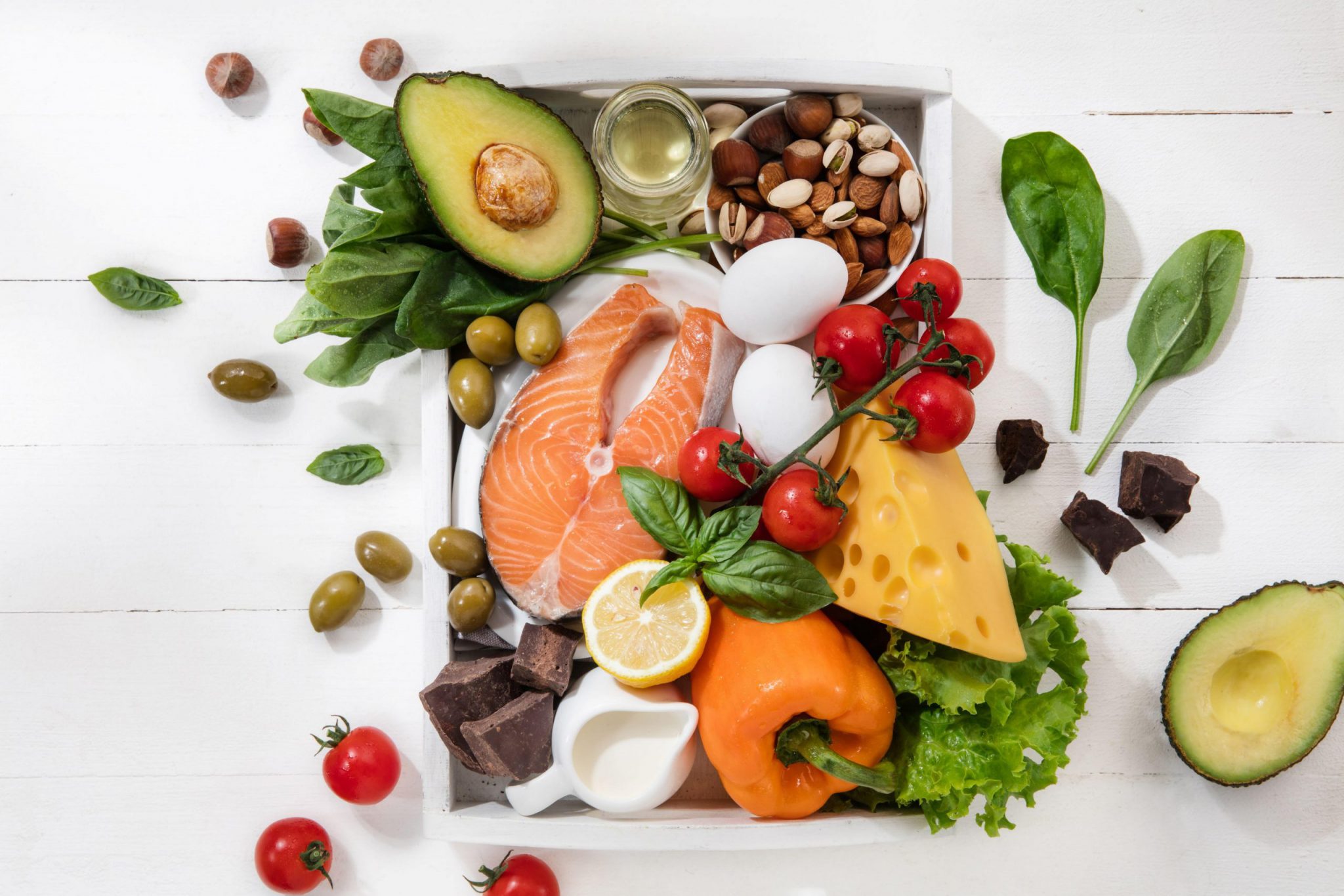
Before reading this article, here is some basic terminology about fats that you should know about.
The following are components of a lipid profile:
1. Total cholesterol: the main building block of cell membranes, nerve myelin sheath (outer layer of your nerve cells), bile acids (fluid secreted to help with normal digestion). It is made up of two parts – LDL cholesterol and HDL cholesterol.
2. LDL cholesterol: known as “bad” cholesterol. It builds up on your blood vessel walls, causing them to become narrow and increasing your risk of a heart attack or stroke. This process is called atherosclerosis.
3. HDL cholesterol: known as “good” cholesterol. It works to remove the excess bad cholesterol that builds up on the walls of blood vessels. Unlike other types of cholesterol, having too little HDL is not favorable.
4. Triglycerides (TG): belongs to the category of simple fats. Alongside glucose (sugar) they are one of the main sources of energy. They are also stored in adipose tissue (fat cells) and act as an energy reserve. Their excess is detrimental to health.
5. Non-HDL cholesterol: describes the concentration of all the bad fractions of cholesterol, whose excess causes atherosclerosis. It includes: LDL cholesterol as well as other bad cholesterols such as IDL (intermediate density lipoproteins), VLDL (very low density lipoproteins), and lipoprotein A.
The term lipid disorders includes:
- Hypercholesterolemia: diagnosed if there is an elevated level of total and/or LDL cholesterol. It can sometimes be caused by a genetic defect and is then known as “familial hypercholesterolemia.”
- Hypertriglyceridemia: diagnosed if there is an elevated level of triglycerides (TG).
- Combined hyperlipidaemia: diagnosed if there are elevated levels of both triglycerides as well as total and/or LDL cholesterol.
Lifestyle Changes – the basic recipe for successful treatment of lipid disorders
Management of lipid disorders should always begin with dietary changes, weight loss (in people who are overweight), and increasing the level of physical activity. If there is no improvement with these interventions, pharmacological treatment is then introduced. It is important to continue with lifestyle changes despite taking medication! Sometimes, if your cholesterol levels are too high from the get go, your doctor may decide to start treatment immediately alongside the lifestyle changes.
A Healthy Diet
The following diets have a positive effect on lipid profiles:
- Mediterranean diet
- DASH diet
- vegetarian or “meat-restricting” diet
- a diet low in carbohydrates and/or trans fats
Even modifying your diet alone can have a noticeable impact on your cardiovascular risk, blood pressure and body weight.
However, doing a complete overhaul of your eating habits is usually difficult – it requires a lot of willpower and very good organization skills. For this reason alone, it is recommended to gradually introduce new, healthier products that have positive health benefits and a meaningful effect on lowering your levels of fat.
Steps you can take:
- try replacing meat products with soy products
- replace red meat with lean poultry
- replace white breads and cakes with whole grains that have a higher content of fiber
- avoid sweet carbonated drinks and fruit juice; instead consume water, tea, herbal infusions without added sugar
- instead of plain butter, use substitutes such as plant-based butter
Diets used in lipid disorders
Before starting a particular diet, please consult your doctor. The choice of diet depends on your goals – which lipid fractions (total cholesterol, LDL cholesterol, triglycerides) you want to lower, how much you want to lower them, and any comorbidities or dietary preferences you may have.
Mediterranean diet: is characterized by an abundance of fruits, vegetables, legumes, whole grains, nuts and seeds, with olive oil being the main source of fat. Protein sources come from moderate amounts of fish, poultry and dairy products. Red meat accounts for only a very small portion of protein intake.
Benefits: Lowers total cholesterol, triglycerides (especially in patients with type 2 diabetes)
In addition, this diet reduces the risk of adverse cardiovascular events such as heart attacks or strokes.
The DASH diet: is rich in fruit, vegetables, and fiber, contains a moderate amount of low-fat dairy, and only a little amount of meat products. The main source of protein is plants (beans, lentils, chickpeas, etc.). The central principle revolves around limiting the consumption of saturated fats. This means reducing the consumption of red and processed meats such as pork or lamb, and avoiding highly saturated oils, such as coconut or palm oil.
Benefits: Lowers total cholesterol and LDL cholesterol, increases HDL cholesterol (especially in patients with type 2 diabetes).
A low-carbohydrate diet: is characterized by limiting your carbohydrate intake to <130g/day.
Benefits: Lowers fats, mainly through weight loss. It is particularly recommended for people with an isolated, high level of triglycerides.
A low trans fat diet: Trans fats (also known as trans fatty acids) are a type of unsaturated fat that are formed during the processing (hydrogenation or “hardening”) of naturally occurring polyunsaturated fatty acids (PUFAs).
Trans fatty acids can be naturally found in small quantities in products derived from ruminants (animals that graze) such as milk and beef. This naturally occurring trans fat, in moderate amounts, is not harmful. However, consuming them in high amounts by eating processed foods such as margarine, pastries, fatty snacks or fried food, becomes harmful to health.
Benefits: Lowers total cholesterol, LDL cholesterol, triglycerides, and apolipoprotein B, as well as increases HDL cholesterol.
Universally good
If you are not yet ready to completely change your eating habits, try to enrich your current diet with foods that will positively affect your lipid profile. If you have any chronic diseases or take medication, please consult your doctor before making any changes to avoid any complications.
1. Dietary Fiber:
Found in fruit and vegetables, whole grains, and seeds.
It works by slowing down gastric emptying and thus increasing the feeling of fullness, by decreasing the production of cholesterol in the liver, and increasing its excretion.
Benefits: lowers total cholesterol and LDL cholesterol.
Caution! Remember that a high-fiber diet is contraindicated in people suffering from inflammatory bowel diseases.
2. Nuts:
It is best to eat those that are rich in “good” fats, such as walnuts, almonds, pistachios, macadamia nuts, pecans and hazelnuts.
Benefits: lower total cholesterol.
Caution! Nuts contain large amounts of fiber, therefore, their consumption should be
limited in patients suffering from inflammatory bowel diseases. In addition, please bare
in mind that nuts are a common allergy.
3. Soybeans:
They are a good source of protein and contain substances that have many health benefits. It is generally recommended to include a moderate amount of soy products in any diet.
Benefits: inhibit the production of LDL cholesterol and lower total cholesterol.
4. Plant sterols and stanols:
These can be found in vegetables, nuts, whole grains and vegetable oils. Additionally, some food products (specialized margarines like Benecol) are enriched with sterols and stanols during the production process. They can lower cholesterol by preventing its absorption.
Benefits: lower total cholesterol and LDL cholesterol
5. Polyphenols:
They are found in many plant based foods. We generally consume them with the daily recommended portion of fruit and vegetables. However, they can also be found in tea, coffee, cocoa, olive oil and red wine.
Benefits: polyphenols have antioxidant potential. This means that they reduce the damage done to cells by ridding the body of free radicals and lower LDL cholesterol while increasing the HDL (good) cholesterol.
6. Omega-3 and omega-6 fatty acids:
They are abundant in oily fish (such as salmon, herring, mackerel, trout), fish oils, and in plant based products (such as chia seeds, linseeds, rapeseed oil and some nuts).
Benefits: Lower triglycerides, total cholesterol and LDL cholesterol.
Caution! If consumed in high amounts, they can initially cause an increase in total
cholesterol and LDL cholesterol. This is particularly the case in individuals with a high
level of triglycerides. For this reason, omega fatty acids should be consumed in
moderate amounts. In cases of pre-existing lipid disorders, please consult your doctor
to establish the correct doses for you.
7. Fermented red rice:
Contains a large amount of active substances (sterols, monacolin K).
Benefits: Effectively lowers total cholesterol.
Caution! Red rice preparations are commonly available in the form of dietary supplements. Please consult your doctor before using them.
8. Berberine:
This substance can be found in roots or fruit of certain plants, such as goldenseal, barberry or turmeric.
Benefits: lowers cholesterol. This is accomplished through preventing its absorption in the intestines and increasing its excretion among other ways.
Do not forget to include physical activity alongside your diet. Tailor its level of intensity to your abilities. By making these changes to your lifestyle, you can rest assured that the levels of your “bad fat” will drop.
Good luck!


